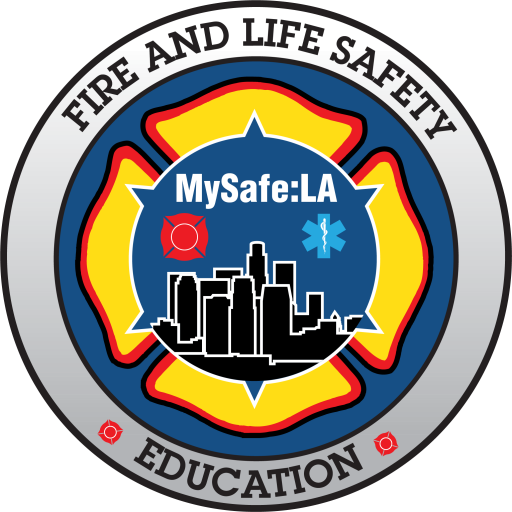Section 508
Section 508 Compliance
As directed by Executive Order D-17-00 issued on September 8, 2000, a comprehensive eGovernment initiative was launched that requires every agency and department to adhere to technical standards for accessible Web design and compatibility. The Accessibility Guide enables the State to utilize the best tools and design available to ensure that the content of the new California portal can be reached by the widest possible audience regardless of disability, limitations of computer equipment or use of alternate Internet access devices.
In addition, State accessibility guidelines enable agencies to meet State and Federal statutory requirements prohibiting discrimination against people with disabilities in the design of both Internet and Intranet web sites. For example, California Government Code Section 11135 et seq. prohibits discrimination by entities receiving funding from the State of California.
Likewise, Federal requirements mandating access for persons with disabilities were first imposed on State recipients of Federal funding by the Rehabilitation Act of 1973. Today there are numerous Federal statutes and regulations extending civil rights protections to persons with disabilities, including the Americans with Disabilities Act of 1990 (ADA), as well as the 1998 Amendments to the Rehabilitation Act, where specific technical requirements for accessible web design have been published by the U.S. Access Board. This is important since Title II of the ADA recognizes the importance of communication and the necessity of the State of California to take appropriate steps to ensure that communications with persons with disabilities are as effective as communications with others.
Between 20% and 22% of United States citizens have some level of disability. In fact, about l out of 5 Americans have some form of disability and 1 in 10 have a severe disability. These 1997 statistics by the U.S. Census Bureau also report that with the population aging and the likelihood that disabilities can increase with age, the growth in the number of people with disabilities is expected to accelerate in the coming decades. See United States Census Bureau Disability Section ( https://www.census.gov/topics/health/disability.html ).
To have effective communication with the widest audience possible, this Accessibility Guide provides assistance in how to use alternate forms of communication. Disabilities can fall into four basic categories:
Blind/Low Vision
Assistive computer technology for this audience includes screen readers, refreshable Braille displays and screen magnifiers. To assist with accessibility for Blind/Low Vision population, features such as keyboard navigation, scalability of font size, fuzzy searches, alt tags and high contrast between the background and the text are helpful.
Deaf/Hard of Hearing
To assist with accessibility for people with hearing loss, captioning synchronized with multimedia as well as volume control enable accessibility.
Mobility
Assistive computer technology for this audience includes one-handed keyboards, head/mouth sticks and eye tracking. Keyboard navigation as well as voice recognition software may be used by this population to help navigate through a web site.
Cognitive and Specific Learning Disabilities
To appeal to a highly diverse audience, with varying levels of ability, use the following design principles: Simple navigation, consistency in content presentation, clear labels, meaningful content, executive summaries at top of long documents and vocabulary understood by a wide audience.
This web site contains links to PDF documents that require the most current version of Adobe Reader to view. The Adobe Acrobat Reader may already be installed on your computer as a “plug-in” or “helper application” for your web browser. To find out, click on the “PDF” link for the document you are interested in. If the Adobe Acrobat Reader is properly installed on your computer, the Reader will either download or automatically open a PDF copy of the document, depending on your browser and how it is configured. If the Adobe Acrobat Reader is not installed on your computer, it can be found, free of charge, at the Adobe Acrobat Reader download page.
If you are using a screen reader, you may find it will not read some documents in PDF format. Adobe provides a web site that will convert non-accessible PDF files to a format that is useable with a screen reader. The Adobe Access site is located at access.adobe.com, and the tool can also be added to your computer as a “plug-in.”
But the digital divide does not just affect people with disabilities. People without disabilities who have busy hands or eyes, poor lighting or noisy surroundings will find the California portal very user-friendly. People with slow modems, older browsers, or those using alternate internet access devices (e.g., cellular telephones, personal digital assistants, etc.) will also benefit from a highly accessible web site. This Accessibility Guide will continue to be updated as technology evolves and new tools and resources for accessibility are developed.
Complete 508 compliance is an interactive issue, and will involve comment or suggestion from the public. If you have feedback or concerns related to accessibility of any content in this website, please contact us at: section508@mysafela.org for assistance. Please be certain to include the web link (address or URL) and the specific issues you’re having a problem with, or the suggestion you’d like to make.
MySafe:Riverside is the public safety unit for Los Angeles for The Safe Community Project, a California non-profit public benefit corporation. EIN 27-0967511
This page updated on October 15, 2023.

